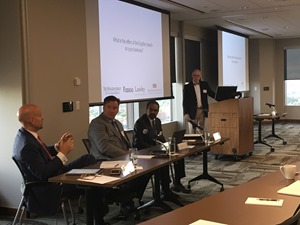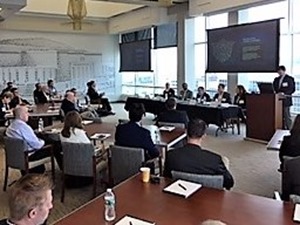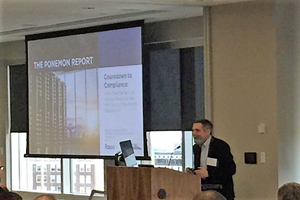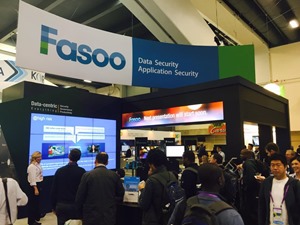
- Bill Blake, Senior Vice President and CCO (Chief Customer Officer) of Fasoo, moderated a panel discussion on Cybersecurity on September 13, 2017 at Harter Secrest & Emery LLP in Rochester, NY. The event entitled Cyber Security & Your Company – What You Need to Know Now featured industry leaders and experts from The Bonadio Group, Fasoo, Lawley, and Harter Secrest & Emery LLP discuss how, when, and why to plan for a cyber attack....
- Bill Blake, Senior Vice President and CCO (Chief Customer Officer) of Fasoo, moderated a panel discussion on Cybersecurity on September 13, 2017 at Harter...






